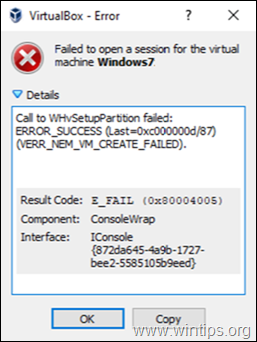
after you change the boot order press f10 to save and exit and your system will boot into your desired OS (windows in my case).In this case, we will need to delete the file to continue the installation. Ideally, if the installation/upgrade is blocked by an app even though it’s not installed on the PC, it is likely that the compatibility checker is detecting a file that is associated with the app. Once you have the bios menu using the arrow keys go to “boot” section then you need to change the boot order under “EFI” by pressing f5,f6 keys in my case I deleted the ubuntu partition so I moved the windows to top. We will certainly look into this for you.keep pressing F2 inorder to go into bios, This key varies based on the make of your device in my case I was using a Lenovo ideapad so it would work.boot your system by entering the command “reboot”.so what you need to do is modify your boot order.



As a result whenever I rebooted the system I would see that black screen with that the grub terminal.This basicall happens when the system couldn’t find a OS to boot from so it would go into that grub terminal. I ran into this issue today, I have Linux installed alongside windows and I wanted to remove ubuntu and I directly deleted the partition from windows from disk management on windows 10 without actually deleting the grub menu.


 0 kommentar(er)
0 kommentar(er)
